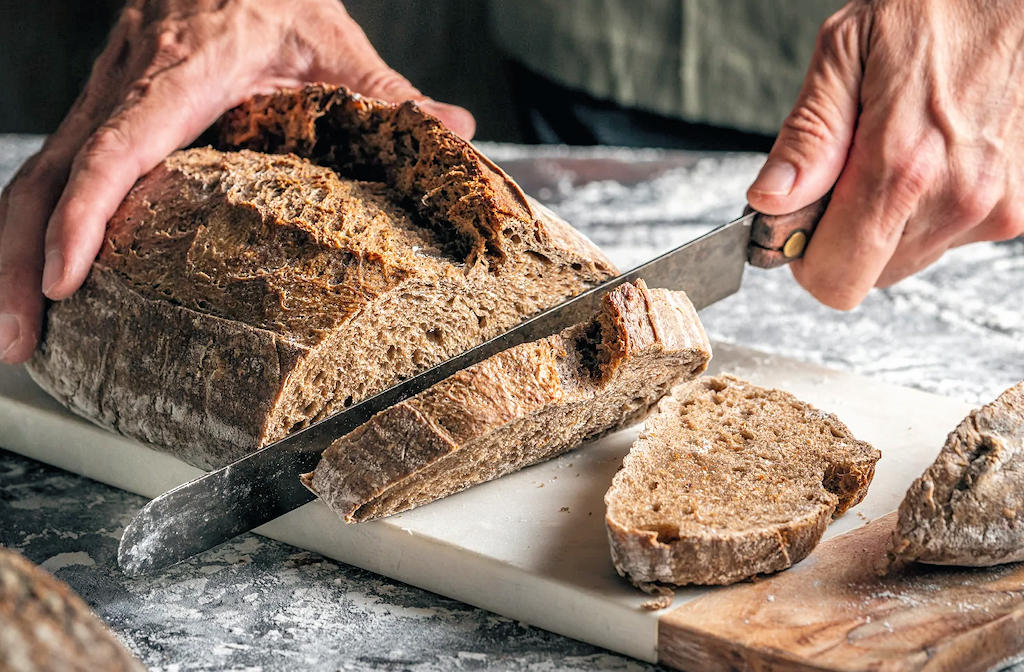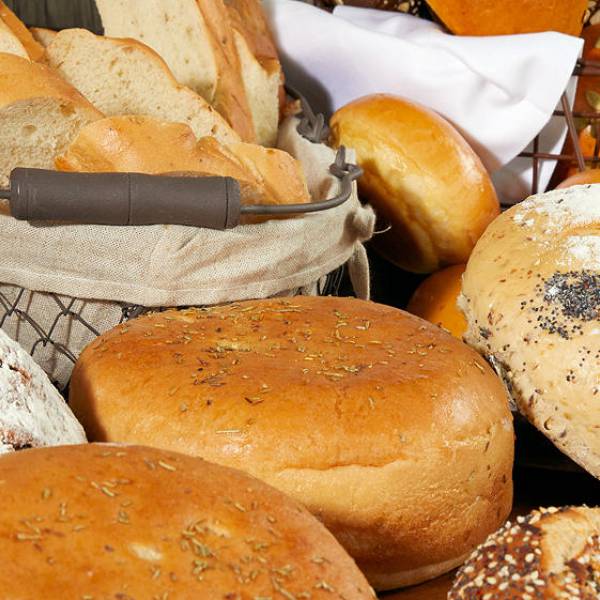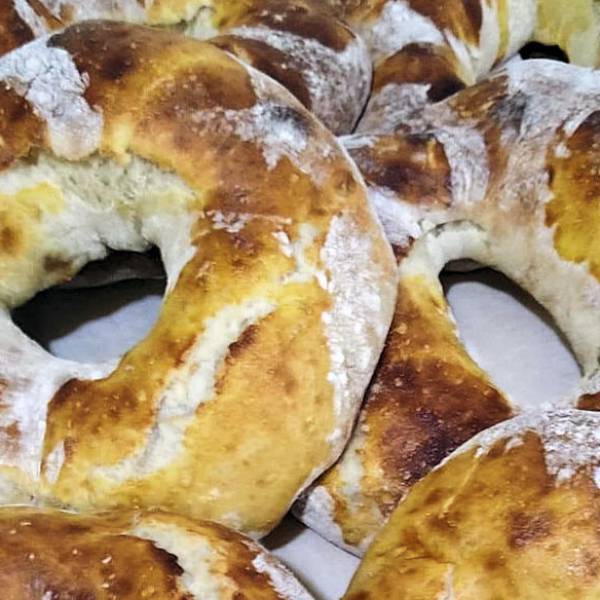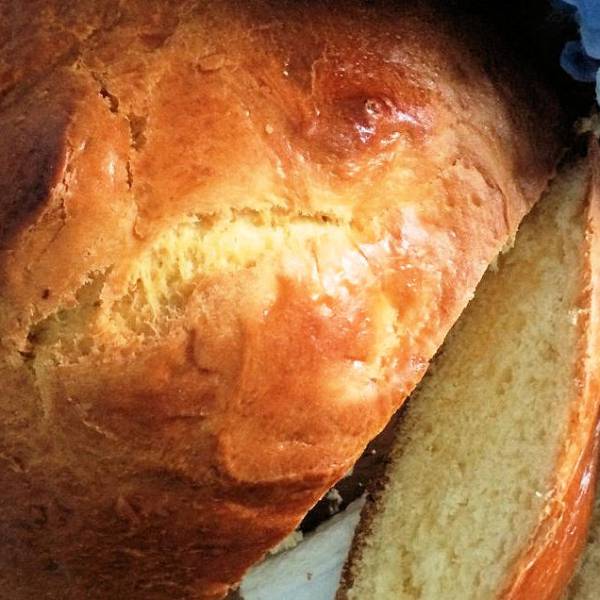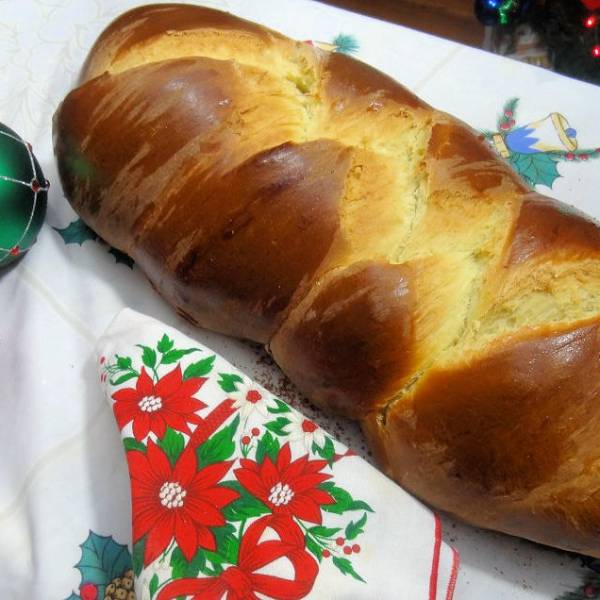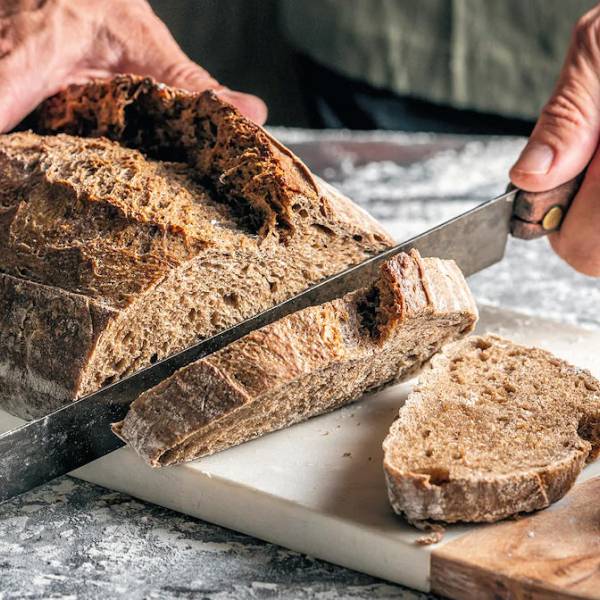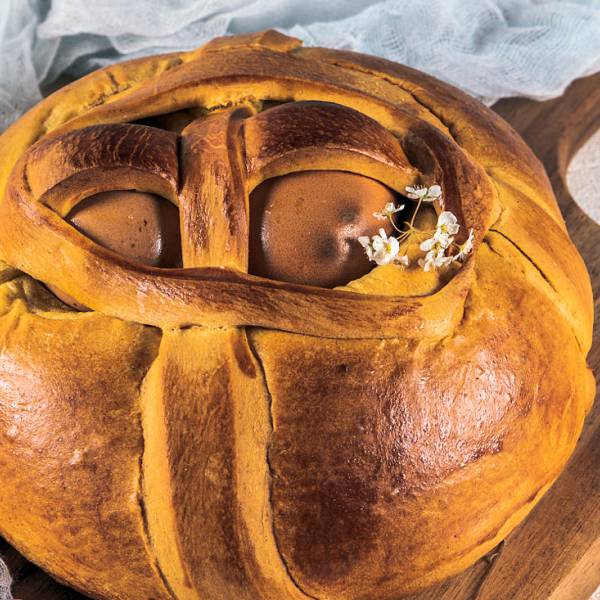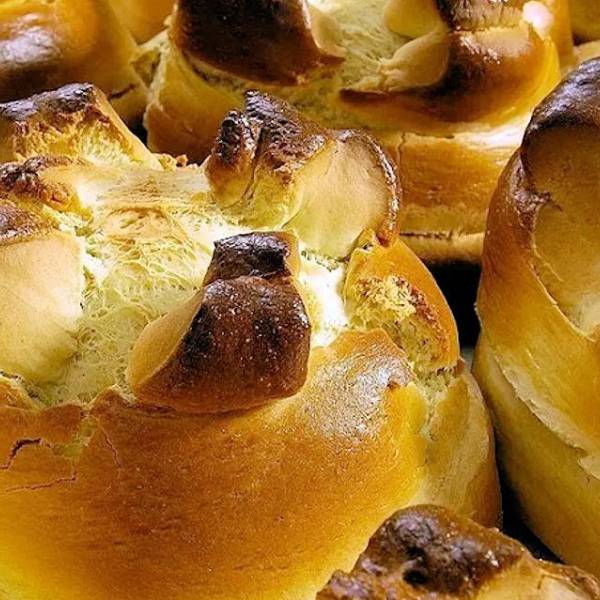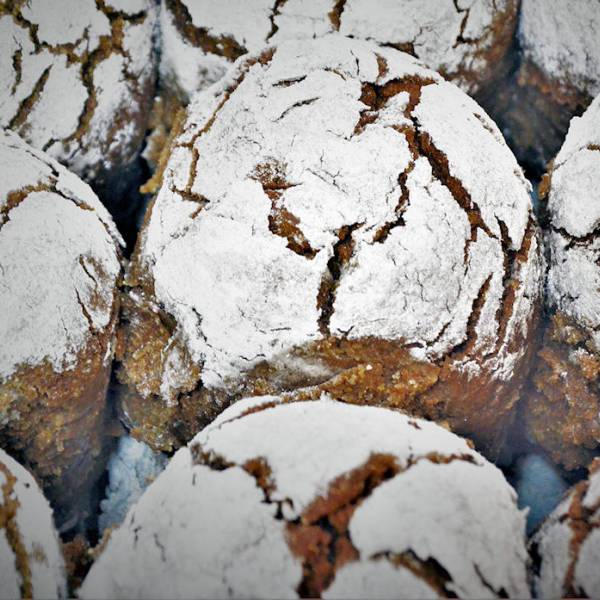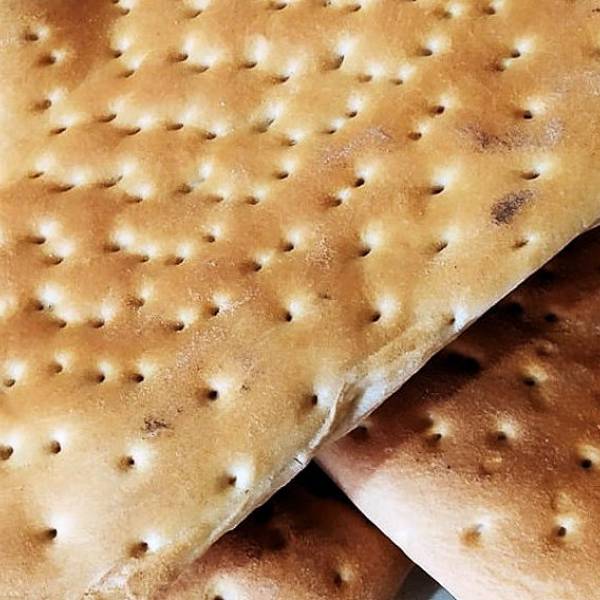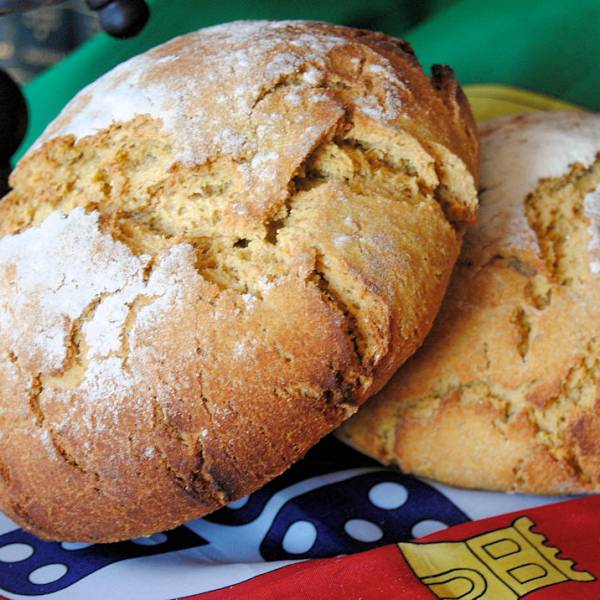Centuries ago, the saloia region, which encompasses Mafra, played a crucial role in supplying Lisbon and its surrounding areas with various agricultural products, including vegetables, fruits, livestock, and the beloved "saloio" bread. This bread, also known as "pão saloio", was a staple for the working-class and rural communities. Made with flour that retained traces of bran, it bore a darker color and provided sustenance to those who toiled the fields. In contrast, the wealthier classes indulged in white bread, made from refined flour.
Throughout history, breadmaking was primarily a domestic and artisanal activity in the villages of the region. Passed down from one generation to the next, the art of breadmaking became an integral part of daily life. In times marked by wars and food scarcity, baking bread at home was a necessity, performed by skilled hands and driven by a sense of resilience. The cultivation of wheat, favorable climatic conditions near the sea that allowed the appearance of windmills and flour production, the deft hands of women kneading and nurturing the dough, and the craftsmanship of men constructing the traditional masonry ovens all contributed to the birth of Pão de Mafra, boasting its intense and distinctive flavor. The term "Mafra" became a unifying symbol for the expertise and techniques specific to the region.
In 2012, Pão de Mafra acquired registered trademark status, aiming to combat counterfeiting, a persistent issue faced by producers. To be deemed authentic Pão de Mafra, specific criteria must be met. The bread is made using T80 wheat flour and T1700 rye flour (or similar alternatives), along with water, yeast or sourdough starter (or both), salt, and optionally sugar. The dough's hydration level must surpass 80%, ensuring a moist and supple texture. Two fermentation stages are crucial: one before shaping and another after shaping. Baking takes place in an oven with steam injection or other methods to create humidity, resulting in the desired crust and crumb characteristics.
Lisbon.vip Recommends
Pão de Mafra can be savored in various ways. Enjoy it plain or pair it with butter, cheese, ham, jam, or other preferred toppings. It serves as a delightful base for sandwiches or a perfect companion to toast. The bread effortlessly complements soups, stews, salads, and grilled dishes, enhancing their flavors and textures. For the ultimate experience, Pão de Mafra is best enjoyed fresh on the day of baking or within two days when stored in a cool and dry place.
More than a simple loaf, Pão de Mafra represents the rural treasures of Portugal, embodying quality, authenticity, and the culinary heritage of Mafra. As tourists embark on their journey to Lisbon, immersing themselves in the flavors and traditions of this remarkable bread offers a glimpse into the heart and soul of Portuguese gastronomy. Delve into the world of Pão de Mafra and uncover a true taste of Mafra and Portugal's culinary identity.


